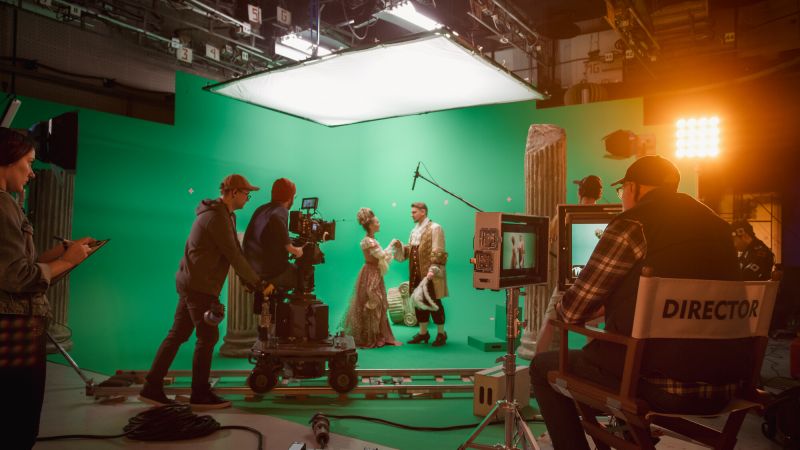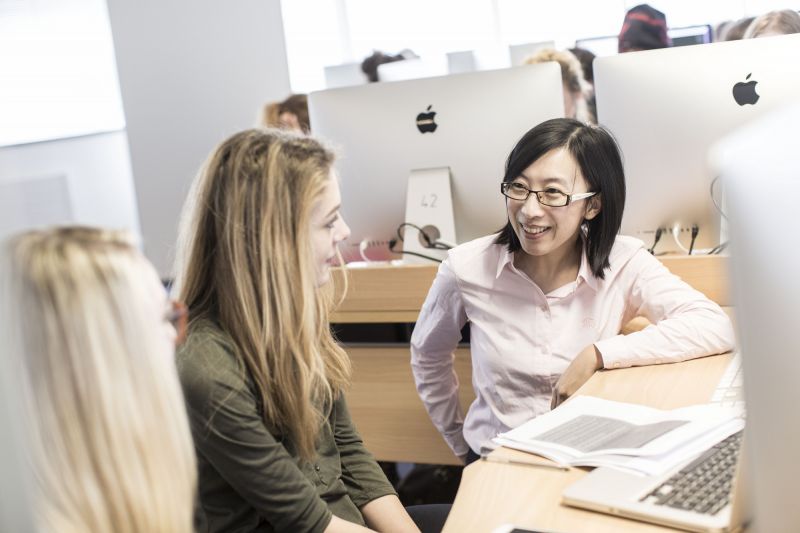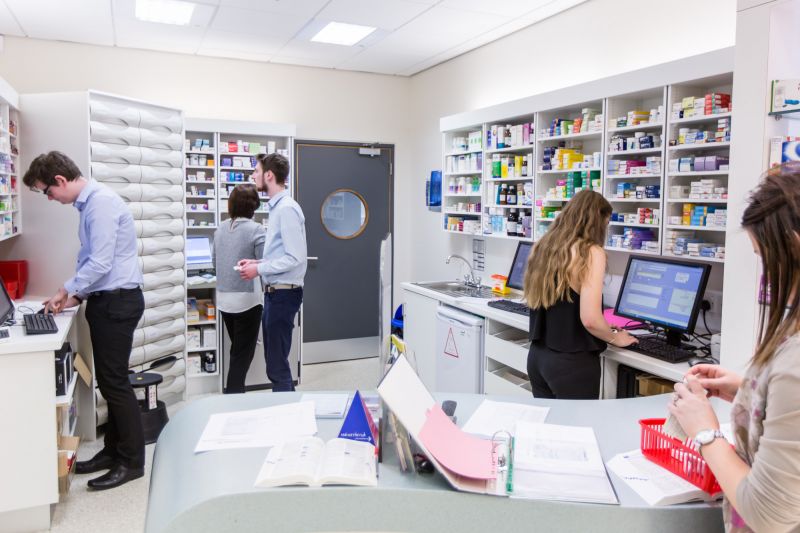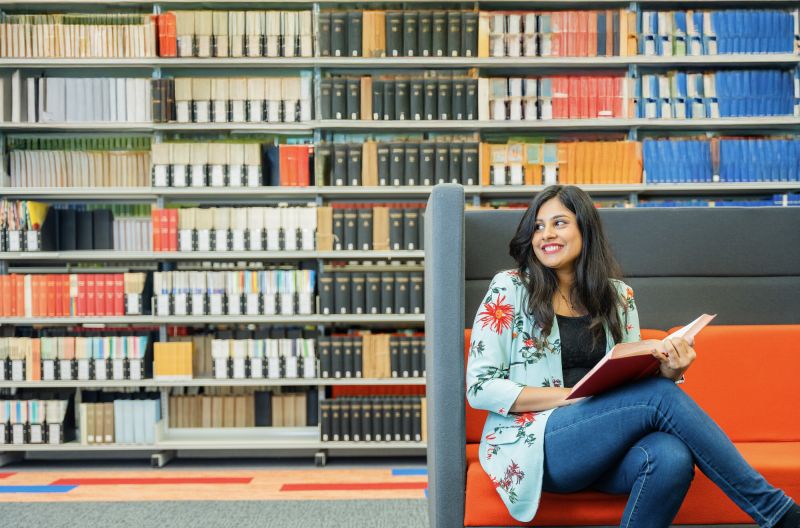With the importance of physical activity for young people widely understood, a new guidance document, ‘Building Active Schools in Special Education’ looks at how physical activity and movement behaviours in special education settings may differ from those in mainstream education, due to the varied needs and abilities of students.
The guidance itself focuses on a ‘whole school approach’ to physical activity through the lens of the needs of special education settings. This means physical activity is integrated into the everyday life of a school, creating an environment where pupils, staff and the wider community are all encouraged and supported to be physically active.
The aim is for this to be the go-to document for all special education settings in Northern Ireland when assessing what they need to do to improve their physical activity offering. The guidance details information on how to develop and implement a whole school approach to physical activity, shares links to practical resources as well as showing how to monitor and evaluate the effectiveness of any new approach.
The creation of this guidance has been led by Ulster University’s Dr Erin Byrd alongside academics from Ulster University and Queen’s University Belfast, plus a working group of representatives from community groups, schools, the Education Authority and Special Olympics Ireland.
Lead author on the report, Ulster University’s Dr Erin Byrd, said:
"Children with additional needs and disabilities tend to be less active than their typically developing peers. This puts them at greater risk of physical and mental health challenges. Schools are a fantastic place to address this problem, but curriculum pressures, infrastructure, budget restraints and teacher confidence can act as significant barriers.
"This guidance document is the first of its kind to focus on supporting educators and leadership in special education settings. The fantastic response from schools and organisations across Northern Ireland is testament to the recognition that these children are in need of equitable access to movement opportunities and also highlights the serious gap to date in targeted support specifically for educators in specialist settings."
Professor Malachy O’Neill, Director of Regional Engagement, at Ulster University, said:
“We are delighted to see the work on this project coming to fruition in such an impactful manner for our partners across the network of schools involved. This innovative approach is reflective of the research excellence we achieve in this area.”
Representative from Eager Beavers Special Olympics Club and Rosstulla School, Ellie McGregor, shared:
“Participating in the collaborative workshops highlighted the value of bringing educators, practitioners, and researchers together to share real experiences and practical ideas. Addressing physical activity and play for children with additional needs and disabilities is so important.
“These children deserve joyful, active childhoods filled with connection, confidence, and belonging. The resulting guidance document offers compassionate, practical strategies that schools can use to break down barriers, foster inclusion, and ensure every child feels seen, valued, and able to thrive. It has the potential to change lives, not just school days.”
David Kennedy from the Education Authority NI also commented:
“By investing in physical activity and play for children with additional needs, we are not just improving daily school life, we are laying the foundation for healthier, more confident, and more connected communities.”
Professor Laurence Taggart, from the School of Nursing & Midwifery at Queen’s University Belfast said:
"Together, Ulster University and Queen’s University Belfast have developed evidence-based guidelines to help schools support children with additional needs to get active. These new guidelines are grounded in the latest research and implementation science, making it easier for schools to promote physical activity in inclusive and practical ways. Step by step, we’re helping schools create more opportunities for every child to move, play, and thrive."
The document will be available to schools, groups and others who could benefit from it after its launch via the Building Active Schools in Special Education website.


















